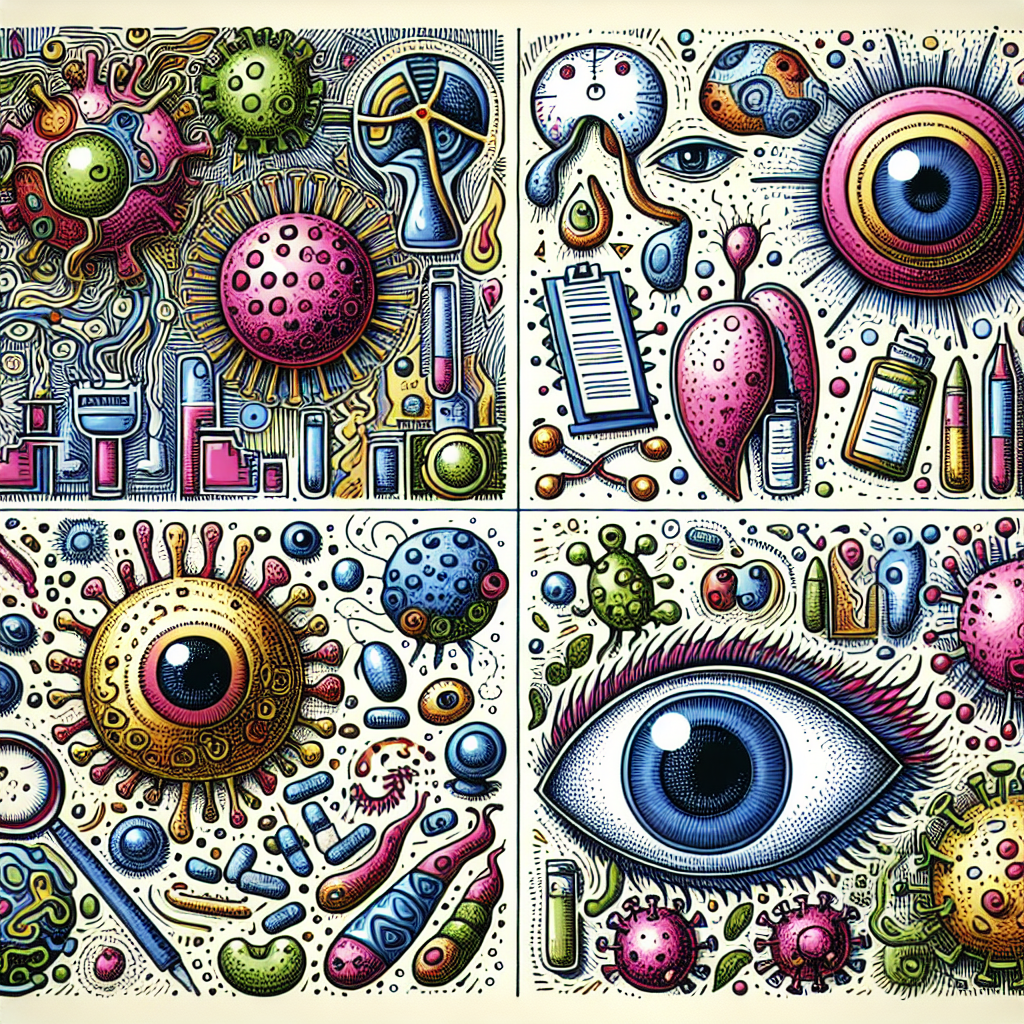Introduction
Imagine a world where colors blur into a haze and the details of life slip away like sand through fingers. Such is the reality for millions facing low vision—a silent thief diminishing life’s vibrancy. In the United States, low vision affects countless individuals, altering their daily activities and quality of life. But what are the culprits behind this visual decline? Understanding these causes can be the first step toward prevention and effective treatment.
- Understanding Low Vision
- The Leading Causes of Low Vision
- Maintaining Eye Health
- Key Takeaways
- FAQs
- Conclusion
Understanding Low Vision
Low vision is more than just blurred sight; it’s a significant reduction in eyesight that cannot be corrected with standard glasses, contact lenses, medication, or surgery. It transforms routine tasks—reading, driving, recognizing faces—into monumental challenges. Approximately 3 million Americans experience low vision, a figure that underscores the need for awareness and proactive eye care.
The Leading Causes of Low Vision
1. Age-Related Macular Degeneration (AMD)
The macula, a pinpoint spot in the retina, is akin to a camera’s focal point. When it degenerates, central vision deteriorates. AMD is the primary villain affecting those over 50 and has two forms:
- Dry AMD: Characterized by thinning of the macula, leading to gradual vision loss.
- Wet AMD: Occurs when abnormal blood vessels grow under the retina, causing rapid and severe vision distortion.
Detection and management of AMD can be explored through comprehensive treatment services such as those for eye infections and styes, ensuring clearer vision pathways.
2. Cataracts
Envision looking through a frosty window—this is how cataracts cloud the lens of the eye. Primarily linked to aging, cataracts are remarkably common but fortunately treatable through surgical intervention that restores clarity.
3. Diabetic Retinopathy
A complication of diabetes, this condition damages blood vessels in the retina. Picture a mosaic under constant bombardment—the result is distorted images akin to looking through shattered glass. Consistent management of diabetes is crucial to prevent this progressive visual impairment.
4. Glaucoma
Known as the “silent thief of sight,” glaucoma stealthily increases intraocular pressure, damaging the optic nerve. Once peripheral vision begins to fade, it often signifies irreversible damage. Early detection is vital, emphasizing regular eye exams.
For additional insights on potential emergencies related to eye conditions, consider exploring our comprehensive guide on infected cut emergencies.
Maintaining Eye Health
While some factors leading to low vision cannot be prevented, maintaining optimal eye health is within reach through:
- Regular Eye Exams: Scheduling comprehensive exams yearly can detect issues before they escalate.
- Healthy Lifestyle Choices: A diet rich in leafy greens and omega-3 fatty acids supports ocular health. Smoking cessation further reduces risk factors.
- Managing Chronic Conditions: Controlling blood sugar levels and blood pressure curtails complications like diabetic retinopathy.
According to the National Eye Institute, these practices are fundamental in preserving vision.
Key Takeaways
- Low vision significantly impacts daily life but can be managed with timely intervention.
- Age-related macular degeneration, cataracts, diabetic retinopathy, and glaucoma are the top causes of low vision.
- Regular eye exams and a healthy lifestyle are pivotal in preserving vision.
FAQs
What is considered low vision?
Low vision is defined as a visual impairment not correctable by standard glasses, contact lenses, medication, or surgery that affects daily functioning.
Can low vision be cured?
While some causes of low vision are treatable (like cataracts), others require management rather than a cure.
Conclusion
As we unravel the tapestry of low vision, understanding its leading causes empowers us to take charge of our eye health. From proactive care through regular check-ups to making informed lifestyle choices, each decision becomes a thread weaving towards clearer sight and brighter vistas. Remember, the journey toward maintaining healthy eyes begins with awareness and action. For more information on urgent care options that address various health concerns, visit our page on Urgent Care Services.
The road to clarity might seem daunting, but with knowledge as your guide and vigilance as your companion, you can navigate toward a future where vision remains vivid and unclouded.




